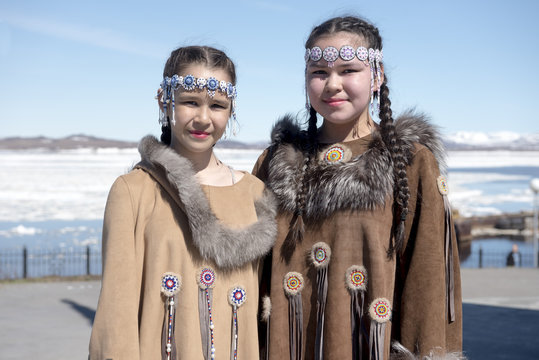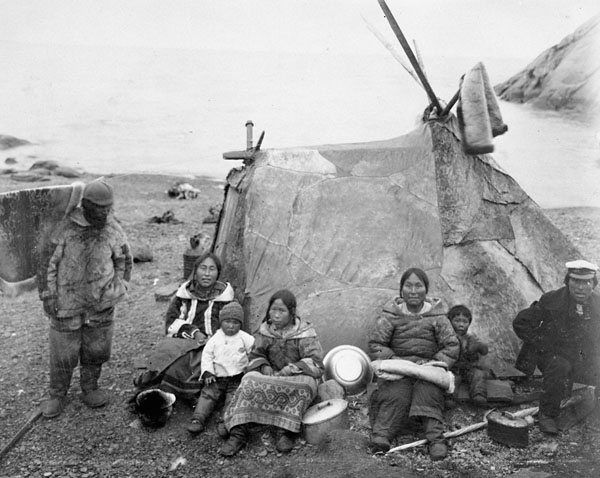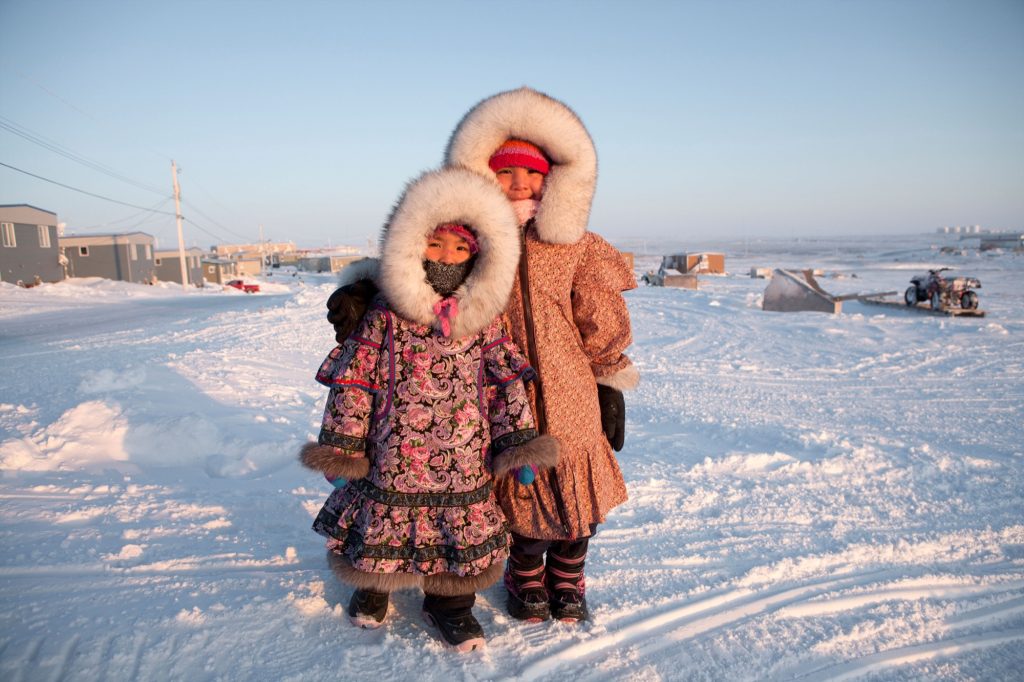Survival and Resilience: The Remarkable Culture of the Inuit Tribe in the Arctic
The Inuit tribe, also known as the Eskimo, resides in the Arctic regions of Alaska, Canada, and Greenland. Their unique cultural practices and way of life have allowed them to adapt and thrive in one of the harshest environments on Earth.
The Inuit people have a rich tradition of hunting, which serves as a fundamental aspect of their survival. They have honed their skills as skilled hunters, specializing in hunting marine mammals such as seals, whales, and walruses. Their hunting techniques are rooted in deep knowledge of their prey’s behavior and habitat, allowing them to make the most of limited resources. Inuit hunters employ various methods such as using harpoons, spears, and kayaks to navigate the icy waters and secure their catch.
Another notable aspect of Inuit culture is their exceptional craftsmanship. They are renowned for their intricate carvings and sculptures made from various materials, including walrus ivory, bone, and stone. These carvings often depict animals, such as bears and seals, as well as scenes from daily life and mythological figures. Inuit art not only showcases their artistic talent but also serves as a means of storytelling and preserving their cultural heritage.
The Inuit people have a profound spiritual connection with nature. They believe in the concept of animism, viewing the natural world as imbued with spirits and life forces. Inuit spirituality emphasizes the interconnectedness between humans, animals, and the environment. They practice rituals and ceremonies to honor and respect the spirits of the land and sea, seeking their guidance and protection. Inuit myths and legends play a crucial role in passing down knowledge and teachings from one generation to the next.
Living in such a demanding environment, the Inuit have developed a deep understanding of their surroundings and the importance of sustainable practices. They have a profound respect for the delicate Arctic ecosystem and recognize their role as stewards of the land. Traditional Inuit knowledge, passed down through oral tradition, encompasses valuable information about weather patterns, ice conditions, and wildlife behavior. This knowledge is crucial for survival, as it allows them to navigate treacherous terrain, predict weather changes, and make informed decisions regarding hunting and resource management.
In recent times, the Inuit people have faced numerous challenges, including the impacts of climate change and the encroachment of modernization on their way of life. The melting ice and changing ecosystems have disrupted traditional hunting practices and forced communities to adapt. However, the Inuit continue to draw upon their resilience and deep cultural roots to confront these challenges and preserve their unique identity in a rapidly changing world.
The Inuit tribe’s remarkable cultural practices, rooted in survival, artistry, and spiritual connection with nature, have captivated the world’s attention. Their ability to thrive in extreme conditions and maintain a harmonious relationship with their environment serves as an inspiration and a reminder of the resilience of indigenous cultures.
Hits: 0






